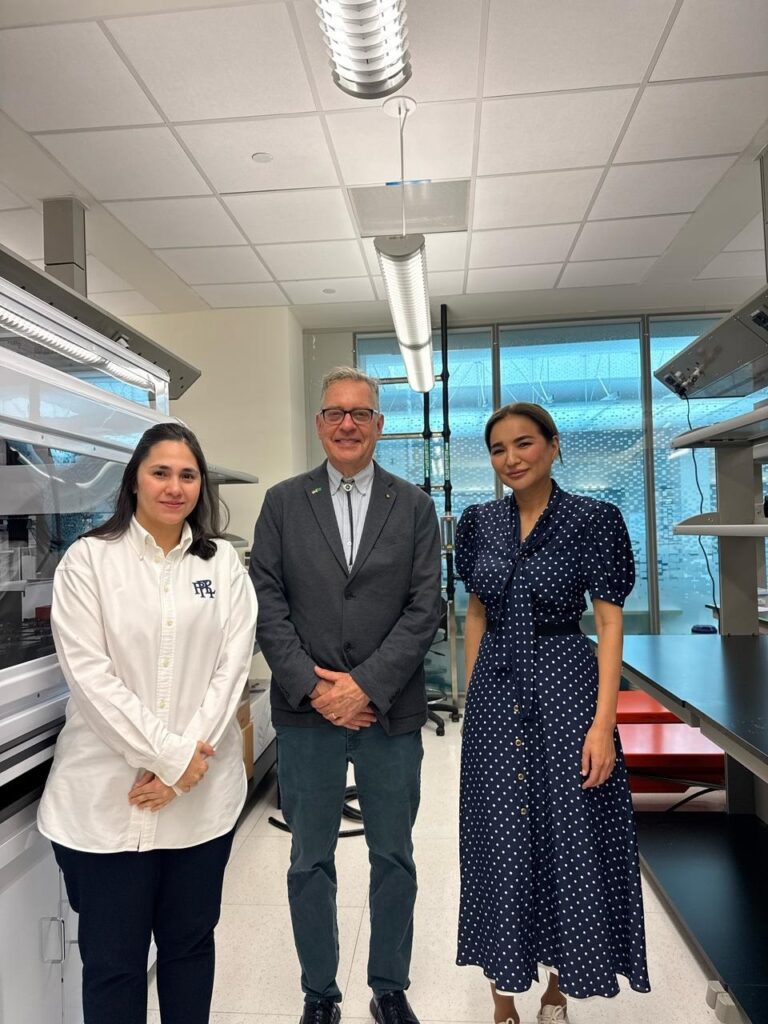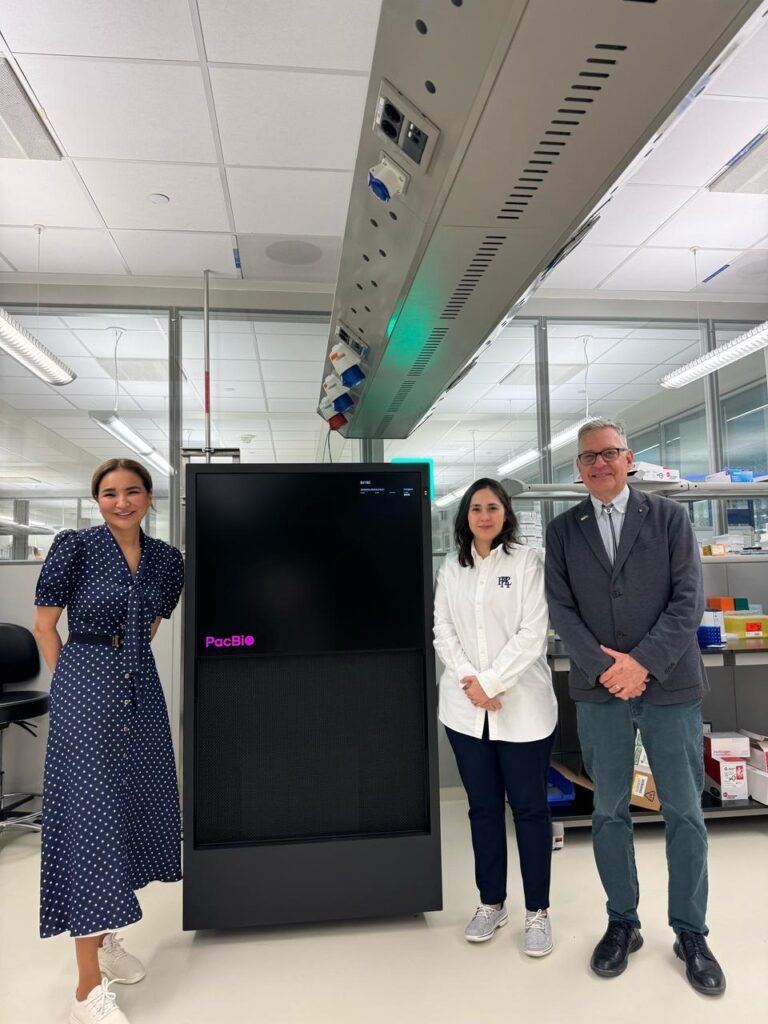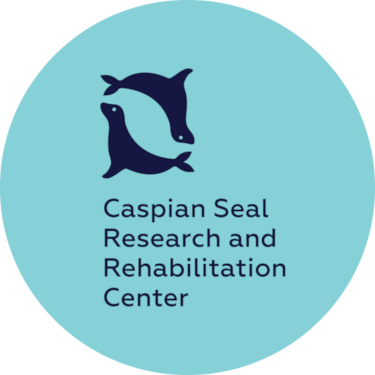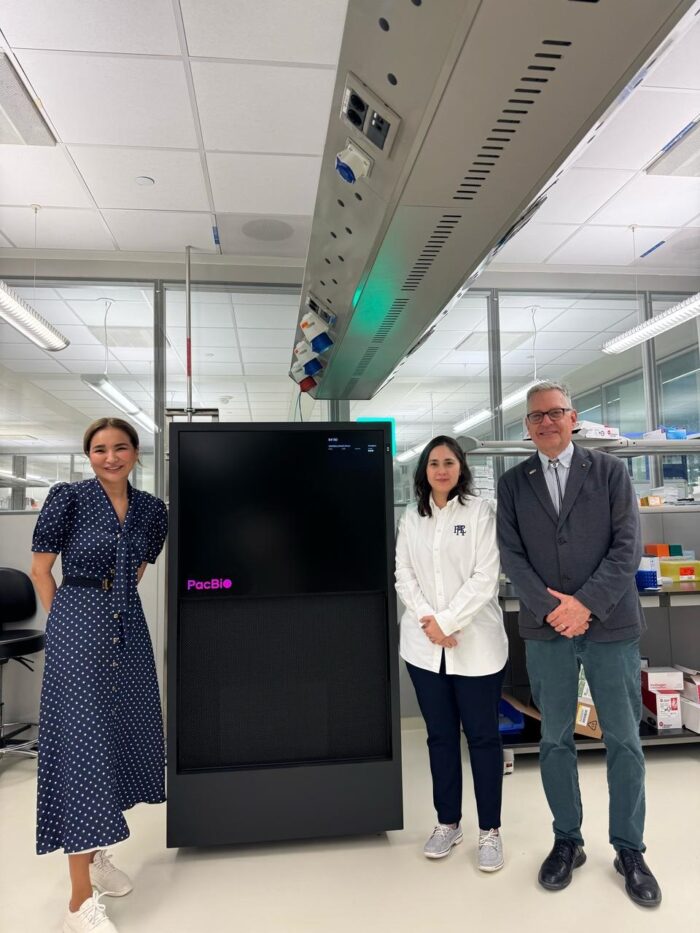The Central Asian Institute for Environmental Studies (CAIER) and King Abdullah University of Science and Technology (KAUST) plan to research the genome of the endangered Caspian seal (Pusa caspica).
The relevant agreements were reached on 26 March in Saudi Arabia during a meeting between Asel Tasmagambetova, ecologist and founder of CAIER, and KAUST Professor Rod Wing.

This initiative is being implemented within the framework of the Kozybaev University project Genomics of National Treasures.
The Caspian seal is a unique species, a national treasure of Kazakhstan and the only marine mammal of the Caspian Sea. However, its numbers are rapidly declining and without accurate scientific data it is difficult to develop effective conservation measures.
CAIER and KAUST, the world’s largest university, have a strong and friendly partnership. For several years, the university has been supporting CAIER’s research on the Caspian seal: it provides grants, participates in expeditions, and together with KAUST scientists has developed a graphene tracking sensor. Their laboratories are also conducting research on microplastic pollution of the Caspian Sea.
The aim of the new stage of co-operation is to create a reference (reference) genome of the Caspian seal. This is a fundamental step that will allow:
1. assess the genetic health of the population: level of diversity, signs of inbreeding, etc.;
2. study the evolutionary history and structure of the population;
3. scientifically justify strategies for conservation and recovery of the species.
These data are key to developing sound conservation strategies for the species. Without population genetic data, it is impossible to effectively plan conservation measures, form protected areas or recovery programmes.


